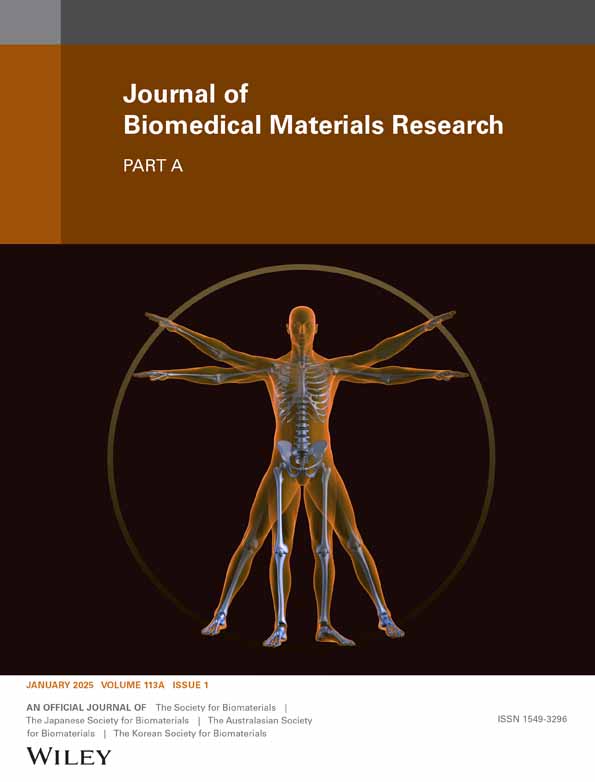Submucosal Hydrogel for Spring-Mediated Intestinal Lengthening
Abstract
Spring-mediated distraction enterogenesis has shown success in intestinal lengthening, with spring confinement achieved by external plication with sutures to reduce the lumen diameter at both ends of the intestinal segment. Endoscopic spring placement would minimize the morbidity associated with device insertion. This study investigates the use of submucosal injection of engineered hydrogel to temporarily confine a compressed spring within an intestinal segment. Engineered hydrogels were composed of hyaluronic acid (HA) alone or HA with elastin-like protein (HELP). To simulate endoscopic injection in six juvenile pigs, hydrogel was injected into the submucosa in everted jejunum, followed by the placement of a gelatin-encapsulated, compressed nitinol spring. The jejunum was then unfolded over the spring, and hydrogel was injected distally into the submucosa. Sutures were placed as fiducial markers. After 7 days on a liquid diet, the pigs were euthanized, and their intestinal segments were analyzed for lengthening and histological changes. The spring-containing jejunal segments expanded in all animals, lengthening to 132% in the HA group and 188% in the HELP group. HELP hydrogels exhibited slower biodegradation than HA-only hydrogels. Histological analysis showed increased crypt width and decreased crypt density in the spring-containing segments compared to controls. Hydrogel effectively provides temporary spring confinement within intestinal segments without adverse effects. The mechanical stimulation from the spring induces crypt fission, expanding the intestinal epithelium. These results support the feasibility of gel-enabled, spring-mediated distraction enterogenesis for intestinal lengthening.

 求助内容:
求助内容: 应助结果提醒方式:
应助结果提醒方式:


